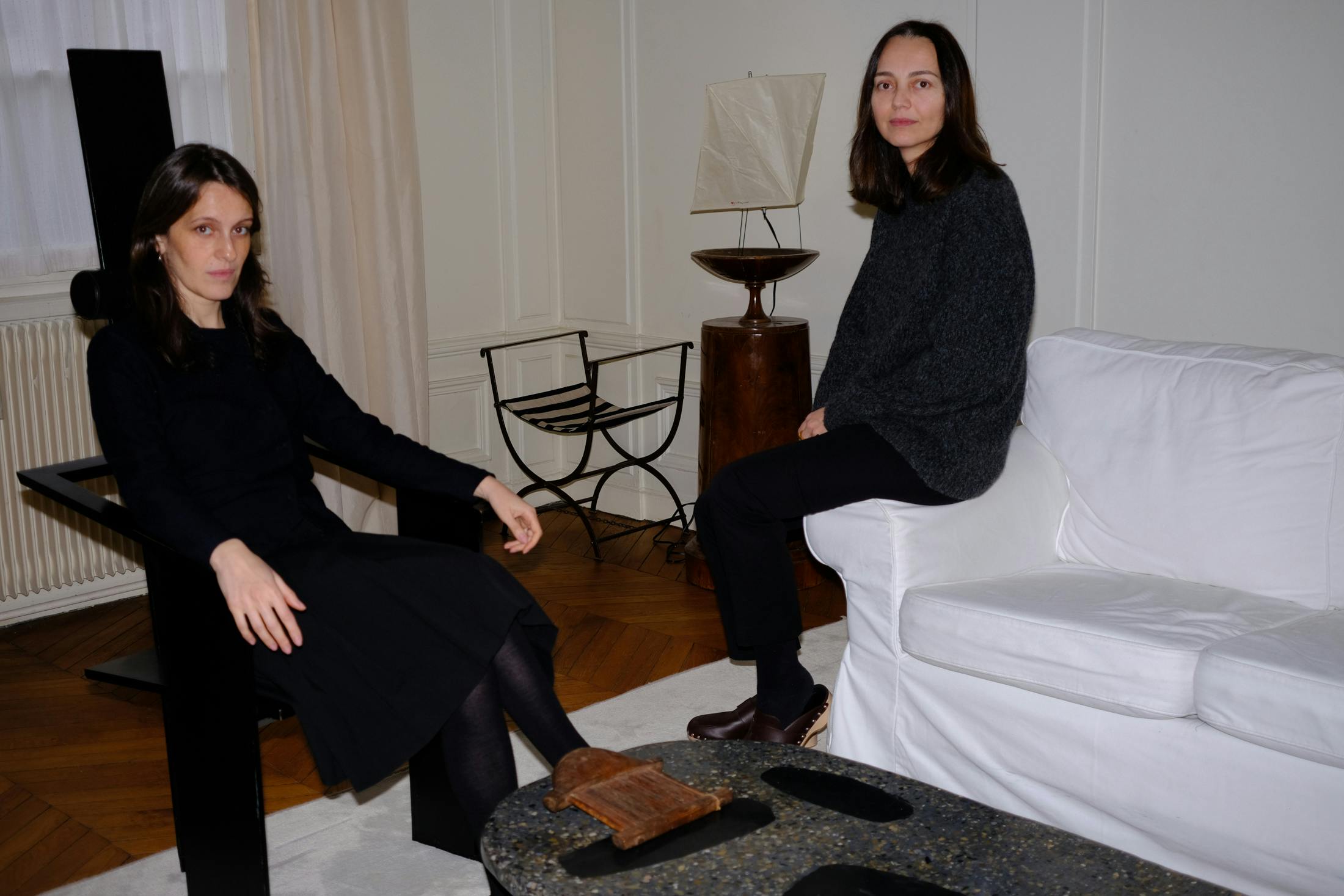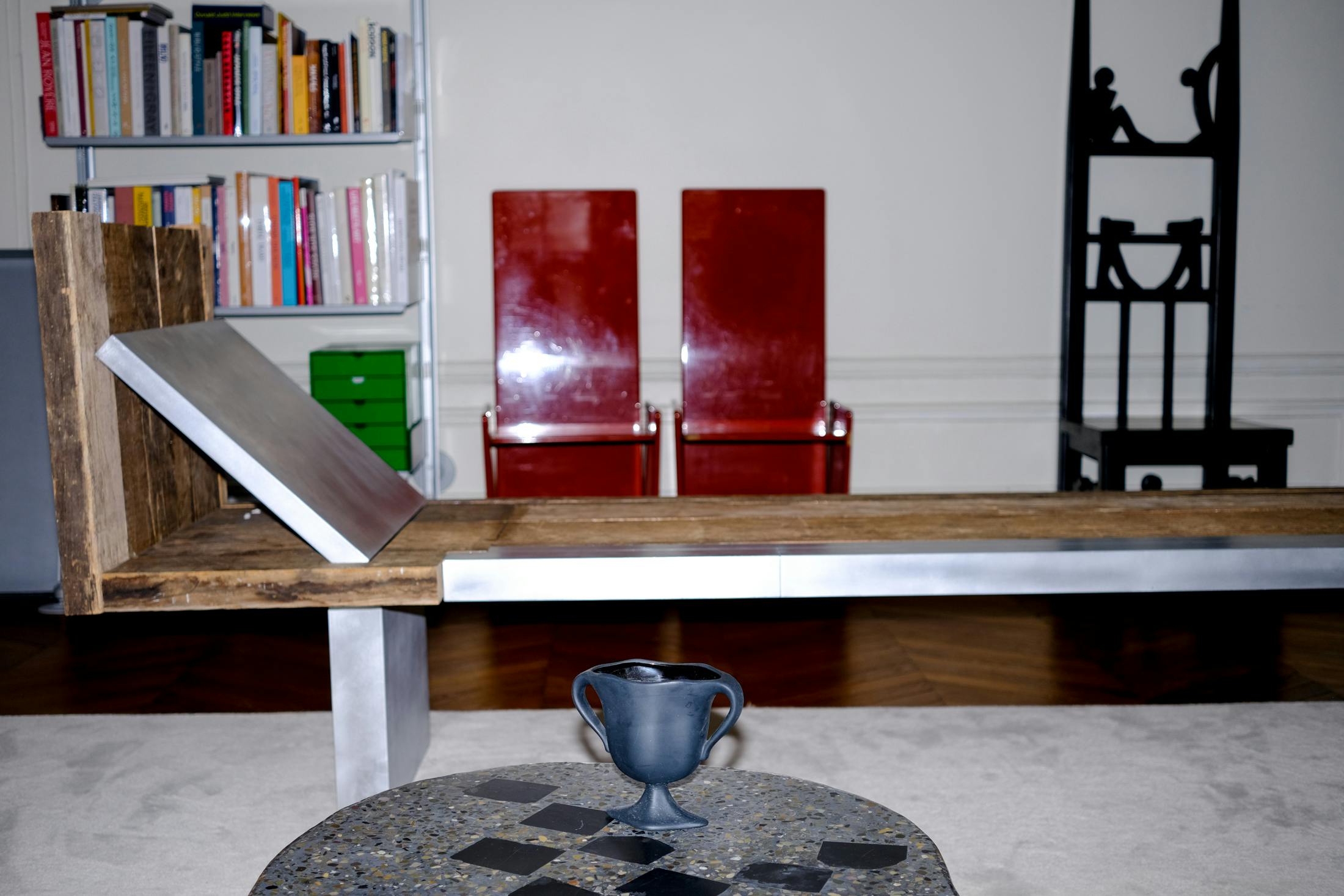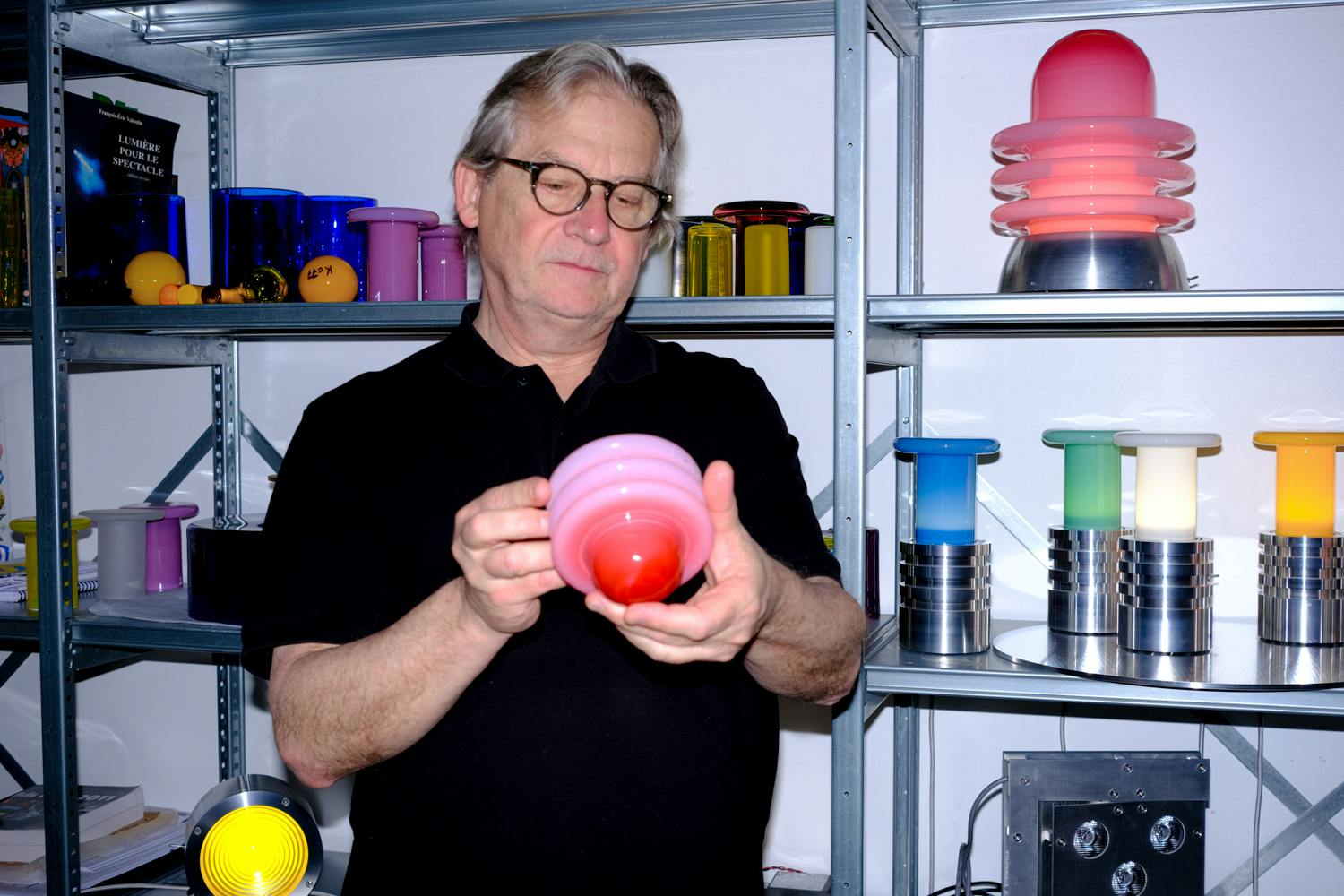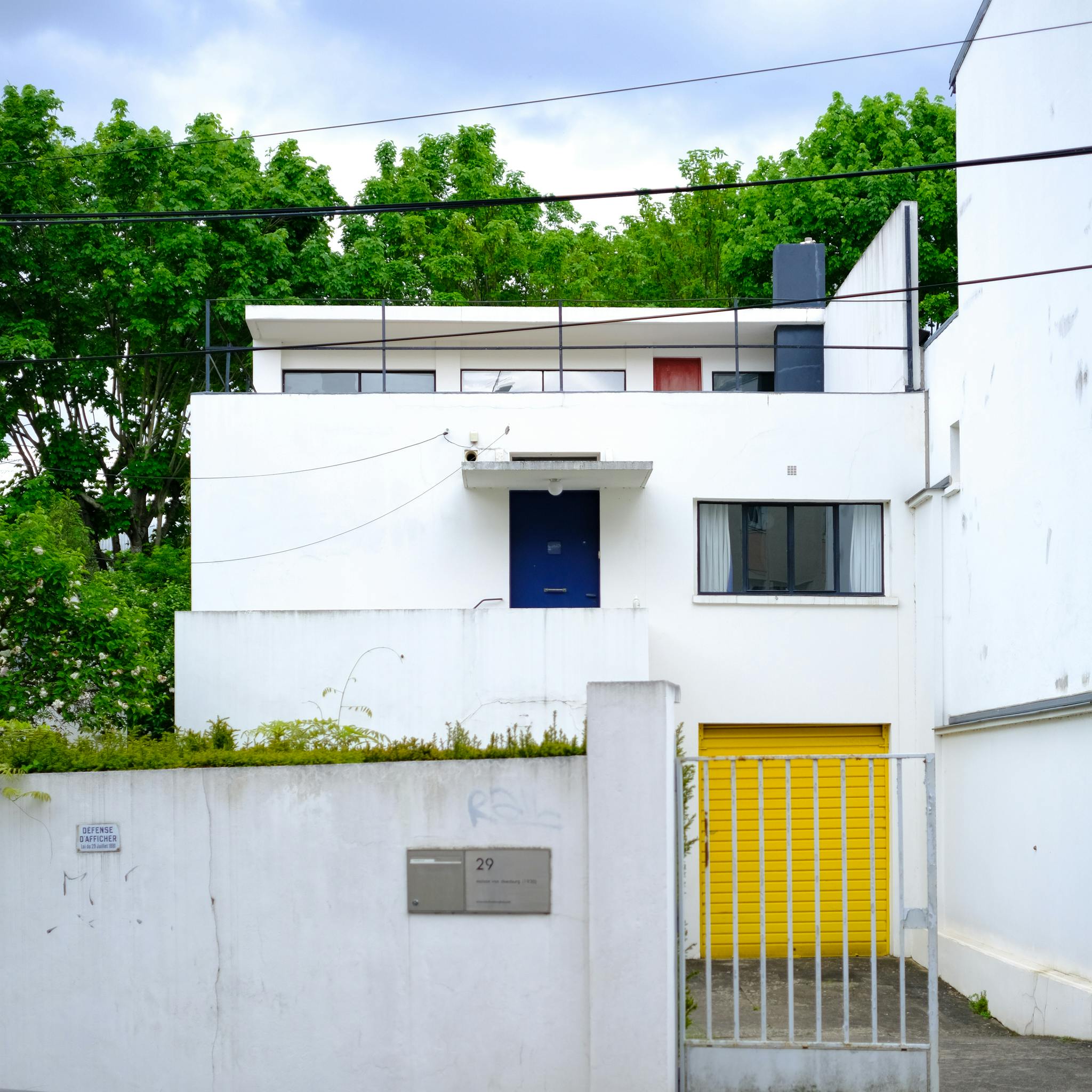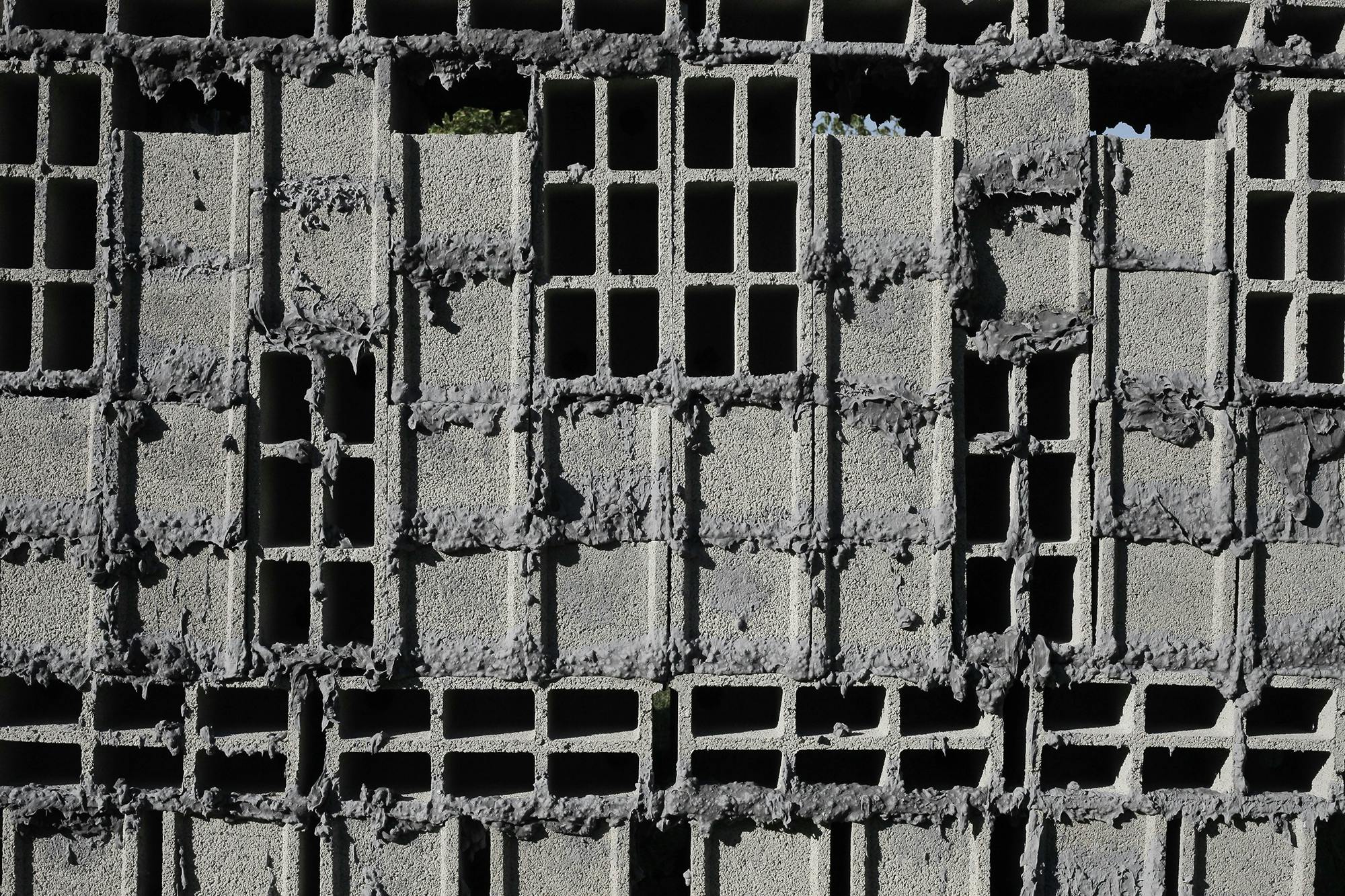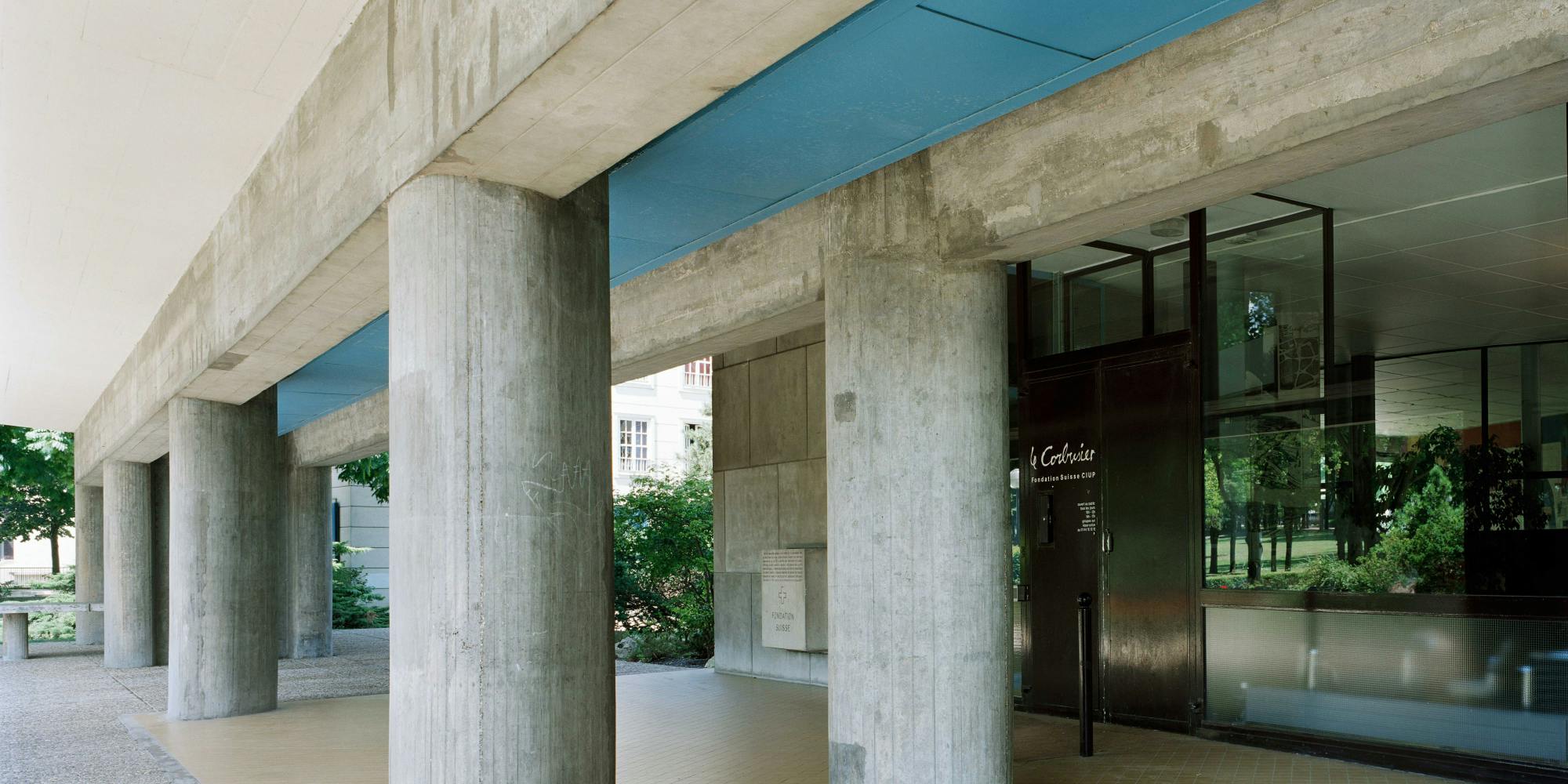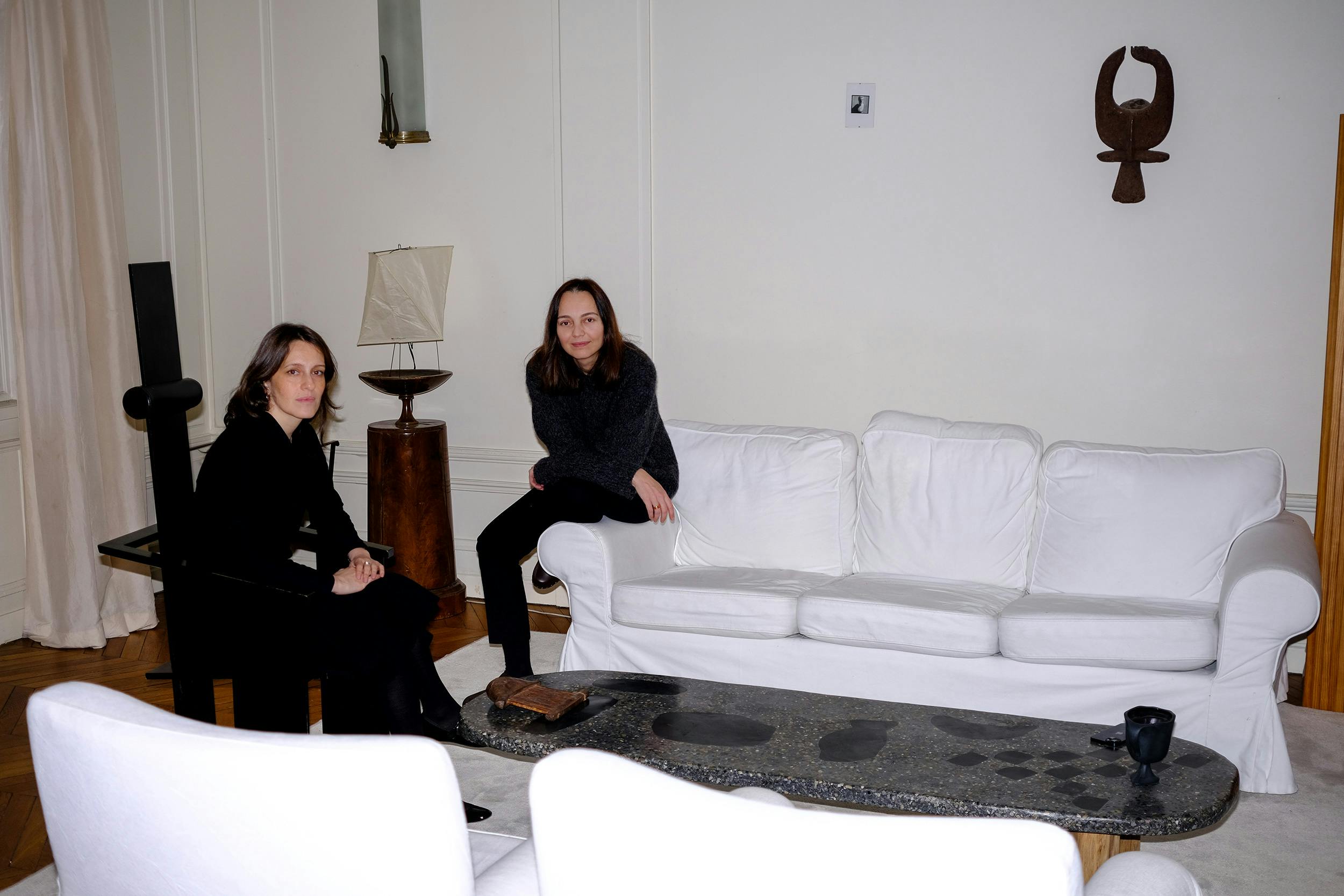
Showroom Visit with Rooms Studio
We visit the Paris outpost of the Tbilisi-based design practice, Rooms Studio
Rather than establish their studio in an art and design metropolis like New York or Milan, Nata and Keti, the Georgian creative duo behind Rooms Studio, decided it was paramount to base the company close to their cultural roots. Based in Tbilisi, Georgia, the connection and proximity to the archaic symbols of Georgian culture, the densely wooded forests, and traditional craftsmanship techniques were integral to the development of their collections.
The studio's striking visual language balances masculine and feminine energy, both brut vernacular and sleek minimalist forms, hints of 90s aesthetic details, and Georgian folklore. From Folk Art to Soviet Brutalism, Vernacular Street Design and a plethora of local crafts in woodworking and “Chikanka” metalworking – the many layers of Georgian visual and material culture were deeply embedded in their psyche. However, It took Keti and Nata looking outwards before looking inwards to distil their now distinctive, refined, and contemporary neo-Georgian aesthetic.
Keti, now based between Paris and Georgia – with Nata and the studio's offices and artisans in Tbilisi, welcomed me to her Parisian outpost to chat Rooms humble beginnings, taking energy and inspiration from home and redefining contemporary Georgian aesthetic through their expansive breadth of work.
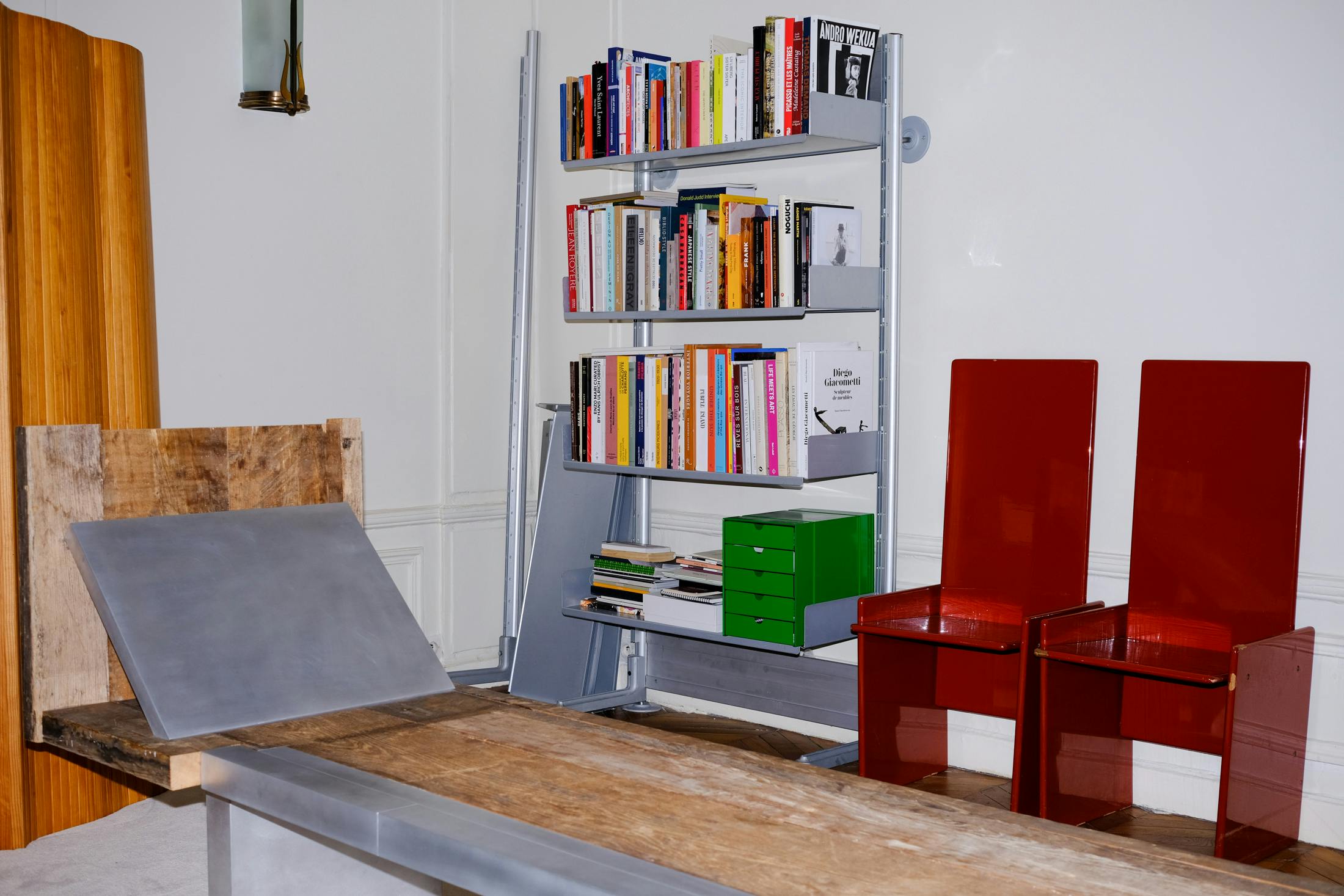
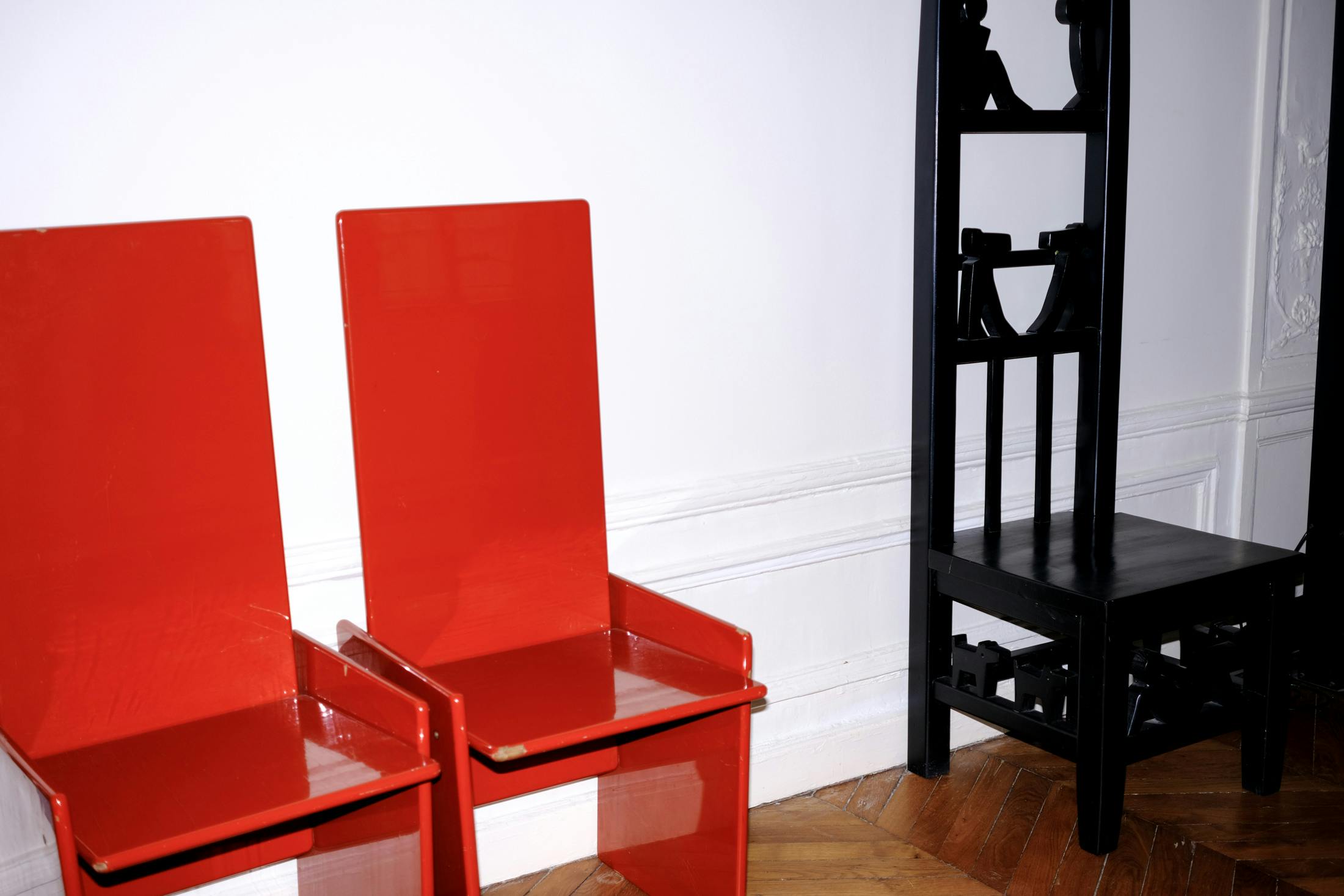
Kristen_ I wanted to know how you guys got started working together. We were joking before about my commitment issues with everything, so I am curious to know how you decided to work together rather than have individual practices.
კრისტენი_უპირველეს ყოვლისა, მინდა გკითხო, როგორ დაიწყეთ ერთად მუშაობა. ცოტა ხნის წინ ვხუმრობდით, თუ რამდენად მიჭირს ნებისმიერი რამისადმი საკუთარი თავის ბოლომდე მიძღვნა, ამიტომ მაინტერესებს, როგორ გადაწყვიტეთ ერთად მუშაობა, ინდივიდუალური საქმიანობის ქონის მაგივრად?
Nata_ It was more than 20 years ago, rougly in 1996. We met and became friends at the Academy of Arts in Tbilisi where we studied Interior Design. We quickly realised that our visions aligned so after graduating, we started to work together on several projects and In 2007, we founded “ROOMS Studio Working togeter is an important part of our practice, we exchange ideas,which in my opinion ultimately leads to more interesting solutions and outcomes.
ნატა_ეს 20 წელზე მეტი ხნის წინ იყო...დაახლოებით 1996 ში. თბილისის სამხატვრო აკადემიაში, ინტერიერის დიზაინზე სწავლის დროს დავმეგობრდით და მივხვდით რომ ჩვენი ხედვა ემთხვევა. დავიწყეთ რამდენიმე პროექტზე ერთად მუშაობა და 2007 წელს „ROOMS Studio” შევქმენით. ერთად მუშაობა მნიშვნელოვანია, რადგან ვცვლით ჩვენს მოსაზრებებს და საბოლოო ჯამში ვიღებთ უფრო საინტერესო გადაწყვეტილებებს.
I interviewed Ukranian artist Masha Reva several years ago, where she spoke about leaving London to establish her studio back home in Kyiv. It was essential to her creativity and practice to be at home and that she would thrive there and knew the opportunities would come, even if she wasn’t in the centre of the international art “scene”. Georgia and Tbilisi seem like the foundation and roots of your practice. Were you ever tempted to open abroad, or did you always know you wanted to establish the practice at home?
რამოდენიმე წლის წინ ინტერვიუ ჩამოვართვი უკრაინელ ხელოვანს, მაშა რევას, რომელიც საუბრობდა ლონდონის დატოვებაზე კიევში სტუდიის შესაქმნელად. მისი შემოქმედებისთვის და სამუშაოსთვის არსებითი იყო სახლში დაბრუნება, სადაც იგი აყვავდებოდა და მოიზიდავდა უამრავ შესაძლებლობას, მიუხედავად იმისა, რომ აღარ იქნებოდა საერთაშორისო ხელოვნების ცენტრში. როგორც ჩანს, თქვენი სამუშაოს საფუძველი და ფესვები საქართველო და თბილისია. ოდესმე გიფიქრიათ სტუდიის საზღვარგარეთ გახსნაზე, თუ ყოველთვის იცოდით რომ ამის გაკეთება სახლში გინდოდა?
Becase researching our cultural roots, arcaic Georgian symbols and exploring traditional craftmenship is part of our practice, we wanted to have studio here in Tbilisi. Working closely with local craftsmen is an important part of our daily work as well. Additionally, Tbilisi has a completely different energy. There is a different vibe here... There's still a lot to discover.
We are trying to show our work outside of Georgia. Taking part in various exhibitions in Europe or US, helps us to feel connected and to be part of something bigger.
რადგანაც სტუდიის პრაქტიკა ჩვენი კულტურული ფესვების, არქაული სიმბოლოების და ტრადიციული ხელნაკეთი ტექნიკების კვლევას მოიაზრებს, სტუდიაც აქ თბილისში გვინდოდა რომ გვქონოდა. ადგილობრივ ხელოსნებთან ყოველდღიური თანამშრომლობაც დიდი ნაწილია ჩვენი პრაქტიკის. თანაც თბილისს განსხვავებული ენერგეტიკა აქვს. აქ სხვანაირი შეგრძნებებია ... ბევრი რამე არის აქ კიდევ აღმოსაჩენი.
ვცდილობთრომ ვაჩვენოთჩვენინამუშევრებიჩვენსქვეყნისგარეთ, სხვადასხვაგამოფენებშივიღებთმონაწილეობას, რაცგვეხმარებაიმისშეგრძნებაშირომრაღაცუფროდიდისდამთილიანისნაწილიხარ.

Many designers feel that they have to move to cities like Paris or New York to establish themselves and don’t feel they can stay “home”, wherever that may be. Were you ever worried it would limit your opportunities?
ბევრი დიზაინერი ფიქრობს, რომ საკუთარი თავის დასამკვიდრებლად სჭირდება ისეთ ქალაქებში გადასვლა, როგორიც არის პარიზი ან ნიუ იორკი და ეს არ გამოუვათ “სახლში”, სადაც არ უნდა იყოს იგი. ოდესმე თუ გინერვიულიათ, რომ ეს არჩევანი შეგიზღუდავდათ შესაძლებლობებს?
Keti_ No, we are not worried about that. If your actions align with your inner world and you express your feelings and what you want to say honestly, it doesn't matter where you are.
არა, არვნერვიულობთ. თუის, რასაცაკეთებ, ბმაშიაშენს შინაგანსამყაროსთანდაგულახდილადგადმოსცემსშენსშეგრძნებებსდასათქმელს, მნიშვნელობაარაქვსტერიტორიულადსადხარ.
And did you guys start with architecture and interior architecture or interior design?
რითი იწყებდით - არქიტექტურით, ინტერიერის არქიტექტურით თუ ინტერიერის დიზაინით?
N_ interior design.
ნატა_ინტერიერისდიზაინით.
At the time, finding personalised furniture in Georgia was almost impossible. When did the moment come when you needed it and decided to create your own collection?
იმ დროისთვის საქართველოში პერსონალიზირებული ავეჯის შოვნა თითქმის შეუძლებელი იყო. როდის დადგა ის მომენტი, როდესაც ეს დაგჭირდათ და გადაწყვიტეთ კოლექციების შექმნა?
N_ Actually, from the very beginning, our practice included designing bespoke furniture for the interior projects we undertook.
ნატა_ ჩვენი პრაქტიკა, ზოგადად თავიდანვე მოიცავდა, ავეჯის დიზაინის შექმნას, ჩვენივე ინტერირის დიზაინის პროექტებისთვის.
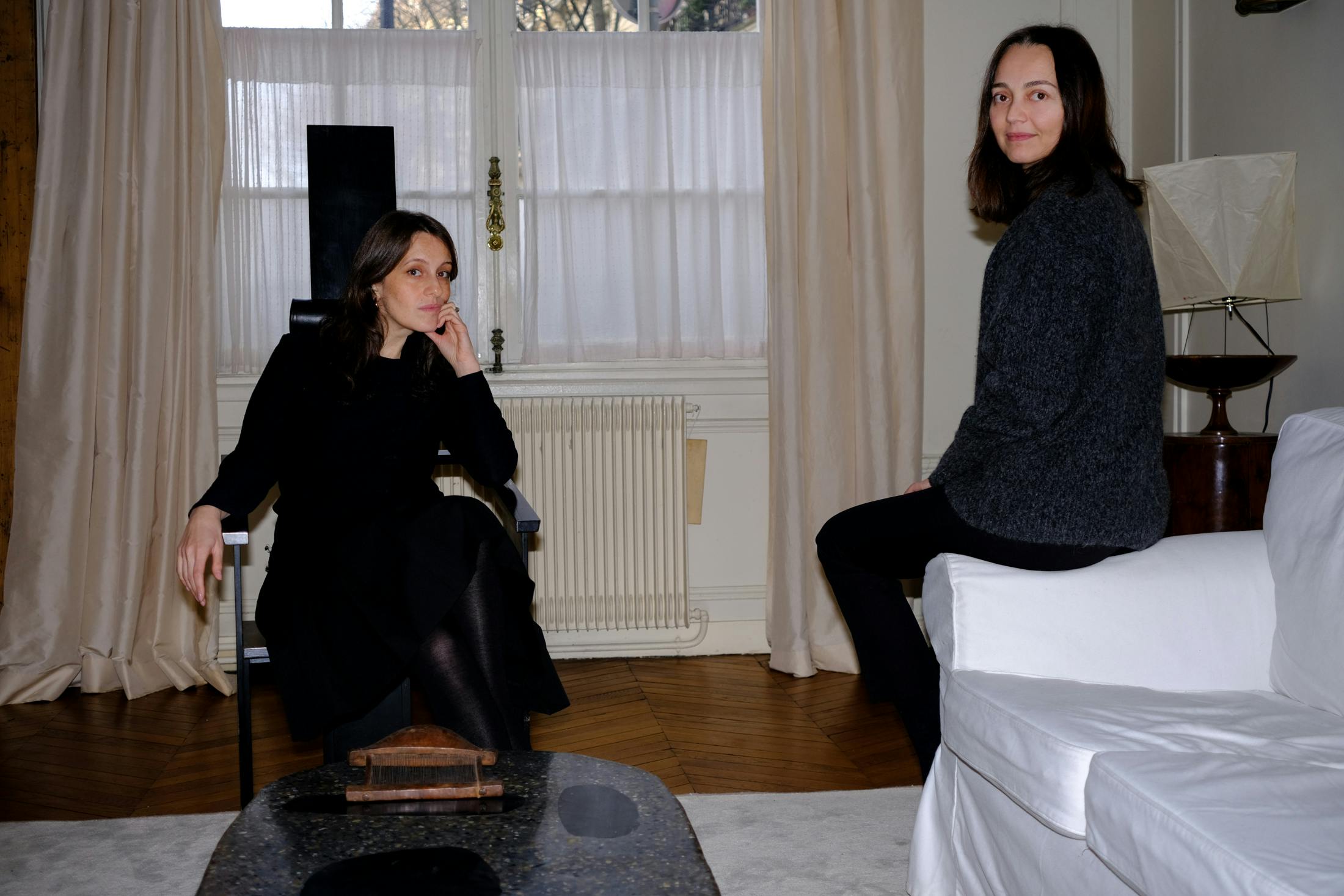
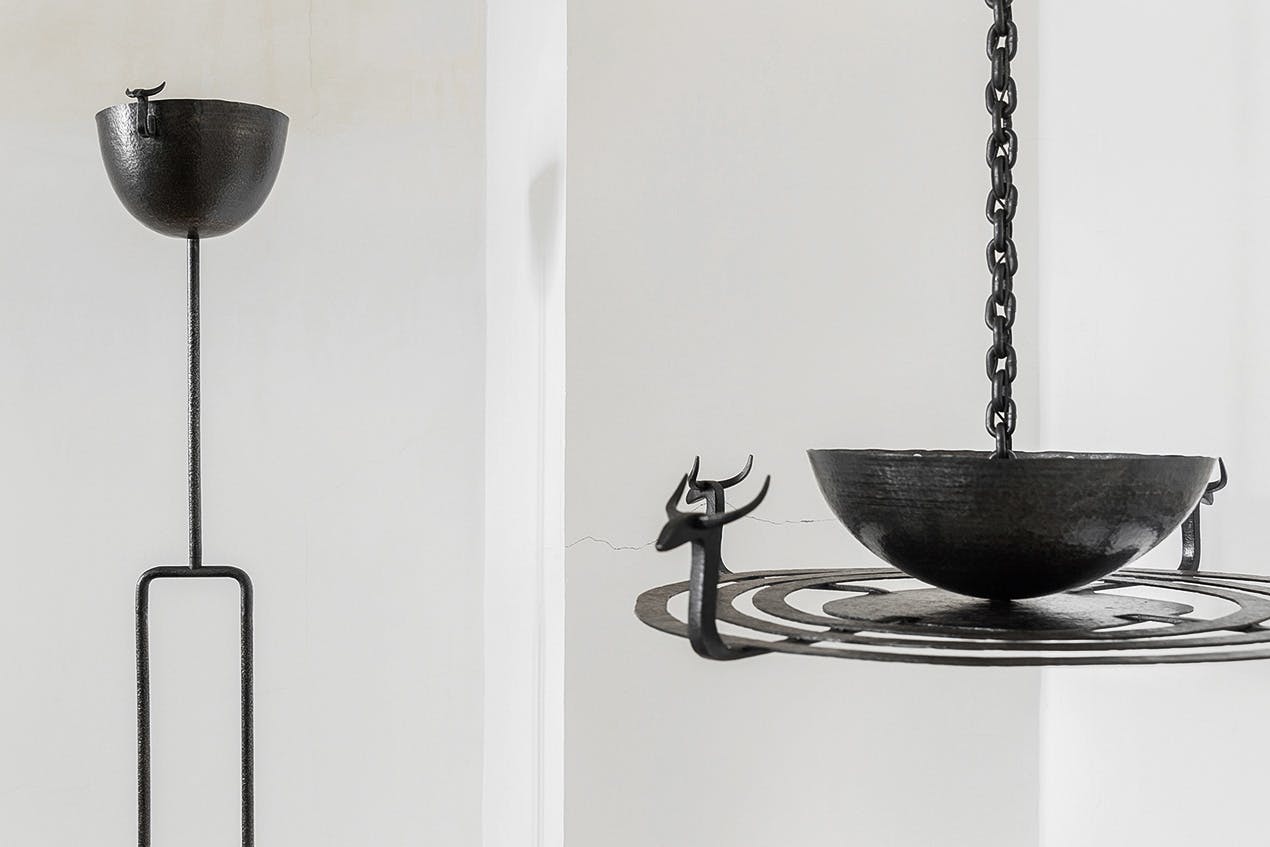
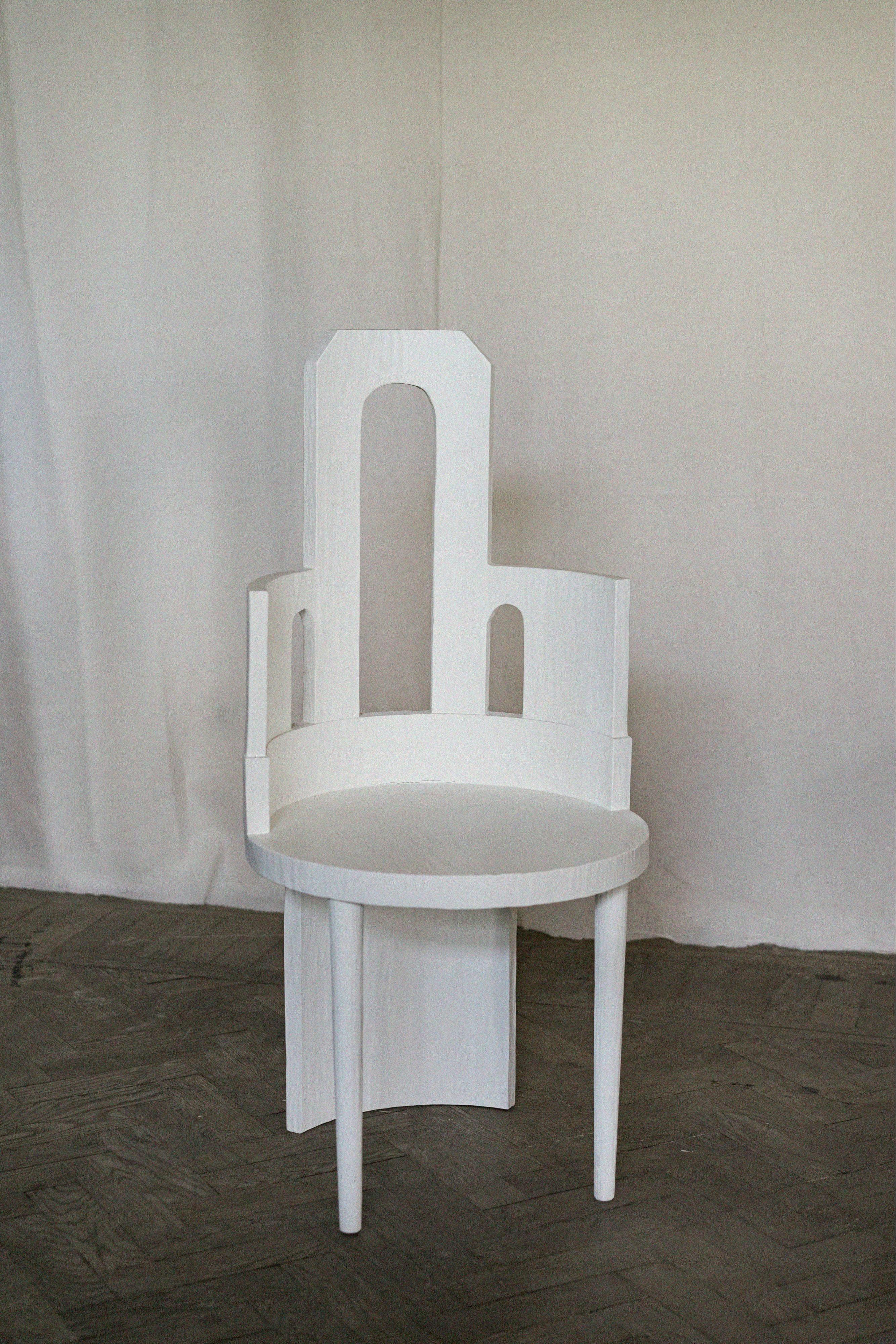
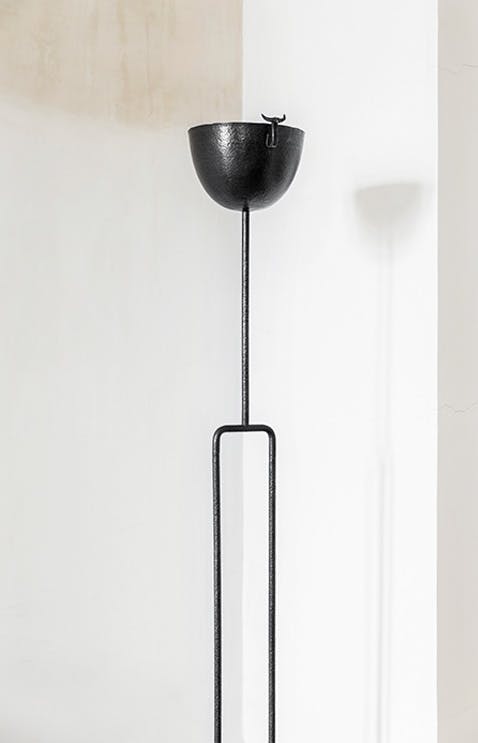
We see a real shift in your work with your 2016 collection, "Wild Minimalism,” which seems to explore your roots while defining a visual language. What changed when working on that specific collection?
თქვენს ნამუშევრებში ნამდვილი ცვლილებები 2016 წელს შეიმჩნევა კოლექციით “ველური მინიმალიზმი”, რომლითაც უბრუნდებით თქვენს ფესვებს, მაგრამ ასევე ქმნით ვიზუალურ ენას. რა შეიცვალა, როდესაც ამ კონკრეტულ კოლექციაზე მუშაობდით?
K_ I think before ‘Wild Minimalims’ we were searching for our authentic visual language. We were raised in a ‘Soviet vacuum’, so at first, we wanted to create anything that was not available or ‘foreign“ to us. Everything contemporary and European had a huge influence on our work. But when travelling became easier and we started to participate in international exhibitions, we realized that this was not out inner calling. Only after that, we felt what our true needs were and that we wanted to create more authentic things. While working on this collection, we realized that we have our own visual language and identity, which is far more interesting. So, this was not planned; it all happened naturally. It was such an interesting process. Now that I think about it, this is how we found ourselves.
ალბათ ამ კოლექციის შექმნამდე უფრო ძიების პროცესში ვიყავით. ვეძებდით ჩვენს ავთენტურ ვიზუალურ ენას. რადგანაც საბჭოთა ვაკუუმში გავიზარდეთ, თავიდან გვინდოდა იმის კეთება რაც ჩვენს ქვეყანაში არ იშოვებოდა და ყველაფერს „უცხოურს“ და თანამედროვეს დიდი გავლენა ქონდა ჩვენზე. მაგრამ როდესაც მოგზაურობა გამარტივდა და ჩვენც დავიწყეთ საერთაშორისო გამოფენებზე მონაწილეობის მიღება, მივხვდით რომ ეს არ არის ჩვენი შინაგანი მოთხოვნილება. ამის მერე ვიგრძენით უკვე რისი საჭიროება გვქონდა, რომ უფრო ავთენტური რამის კეთება გვინდოდა. ამ კოლექცაზე მუშაობით მივხვდით რომ ჩვენ ჩვენი ენა და იდენტობა გვაქვს რომელიც უფრო საინტერესოა. ასე რომ ეს არ ყოფილა დაგეგმილი, რაღაცნაირად თავისით, ბუნებრივად მოხდა. ძალიან საინტერესო პროცესი იყო, ეხლა რომ ვუფიქრდებით - ჩვენი თავი ვიპოვეთ.

There's this Korean designer called Byung Hoon Choi, who is now in his 70s. When he was young, it was after the Korean War, and the country was kind of rebuilding itself. Creativity was pushed to the side to focus on getting the economy back on track. People had lost even, and although there was such a rich history in the country of craft, design, and aesthetics, it kind of got lost for a moment. And I think also it seemed like the people lost a little bit of confidence in their taste.
Byunghoon did a lot of travelling and returned to Korea and was like, okay “now I have like fresh eyes; what is Korean design?” He was the first to redefine the contemporary Korean aesthetic, looking to the past and the future and opening the doors for the younger generations to start doing that. And I kind of feel that maybe in a sense that's what you're doing or that you are having that effect with your studio.
არსებობს ერთი კორეელი დიზაინერი, სახელად ბიუნ ჰუნ ჩოი, რომელიც ვფიქრობ, ახლა დახლოებით 70 წლისაა. მისი ახალგაზრდობა კორეის ომის შემდგომ პერიოდს დაემთხვა, როდესაც ხდებოდა ქვეყნის აღდგენა. კრეატიულობა მეორეხარისხოვანი იყო, რადგან ძირითად ამოცანას ქვეყნის ეკონომიკის აღდგენა წარმოადგენდა.
მიუხედავად იმისა, რომ ხელოსნობას, დიზაინს და ესთეტიკას ქვეყანაში მდიდარი ისტორია ჰქონდა, ხახლმა ისინი დროებით დაკარგა.
ასევე, ვფიქრობ ხალხმა დაკარგა ნდობა საკუთარი გემოვნებისადმი, რადგან მოხდა ამერიკული და კორეული კულტურის დაკავშირება. ბიუნ ჰუნ ჩოიმ ბევრი იმოგზაურა, რის შემდეგაც შეძლო მიუკერძოებლად დაესვა კითხვა “რა არის კორეული დიზაინი?” ის პირველი იყო, ვინც განსაზღვრა თანამედროვე კორეული ესთეტიკა, რომელიც უკავშირდებოდა წარსულს, მაგრამ ამავროულად გეზი მომავლისკენ ჰქონდა მიმართული. ვფიქრობ, ეს დაახლოებით ის არის რასაც თქვენ ახლა აკეთებთ და რა დატვირთვაც აქვს თქვენს სტუდიას.
N_ Somehow, after seeing a lot of things, we started to look inside ourselves and to explore our cultural and historical identity. That's how it happened.
ნატა_ნამდვილად. როდესაც ბევრი რამ ვნახეთ, დავიწყეთ “შინ” ძიება და და ჩვენი ისტორიული და კულტურული იდენტობის შესწავლა. ასე მოხდა ეს ყველაფერი.
K_ I feel like there are many young up and coming Georgian designers working on very interesting projects. I feel like the creativity is picking up.
ქეთი_ისეთი შეგრძენება მაქვს, რომ ბევრი ახალგაზრდა ქართველი დიზაინერი ძალიან საინტერესო ნამუშევრებს ქმნის. თითქოს შემოქმედებითი პროცესები იმატებს.
N_ The art and music scenes are really strong. Maybe it's just a new generation born in independent Georgia and not in the former Soviet Union. They have a different energy, are more open, and are up to changing the environment.
ნატა_ ხელოვნების და მუსიკის სცენა საქართელოში საკმაოდ განვითარებულია. შესაძლებელია, ეს არის ახალი თაობების დამსახურება, რომლებიც დაიბადნენ დამოუკიდებელ საქართველოში, და არა საბჭოთა პერიოდში. მათ სხვაგვარი ენერგია აქვთ, მეტად გახსნილები არიან და აქვთ მზადყოფნა შეცვალონ გარემო.
K_ Georgia, always had had many cool artists. Everything is way less commercial than everywhere else around the world because, in Georgia, there is not that much money.
ქეთი_საქართველოში ყოველთვის იყვნენ გამორჩეული არტისტები,აქ ეს ყველაფერი სხვა ქვეყნებთან შედარებითნაკლებადკომერციულია.
But that's what makes it so interesting.
მაგრამ ეს ზუსტად ის არის, რაც ყველაფერს მეტად საინტერესოს.
N_ Exactly. There are many nice galleries as well.
ნატა_რათქმაუნდა. ბევრი ძალიანკარგიგალერეაა თბილისში.
And are they showing at international fairs or is it more local?
ისინი საერთაშორისო გამოფენებს აწყობენ, თუ უფრო მეტად ადგილობრივს?
N_ They are getting international.
ნატა_ისინინელ-ნელაუფროსაერთაშორისოხდებიან.
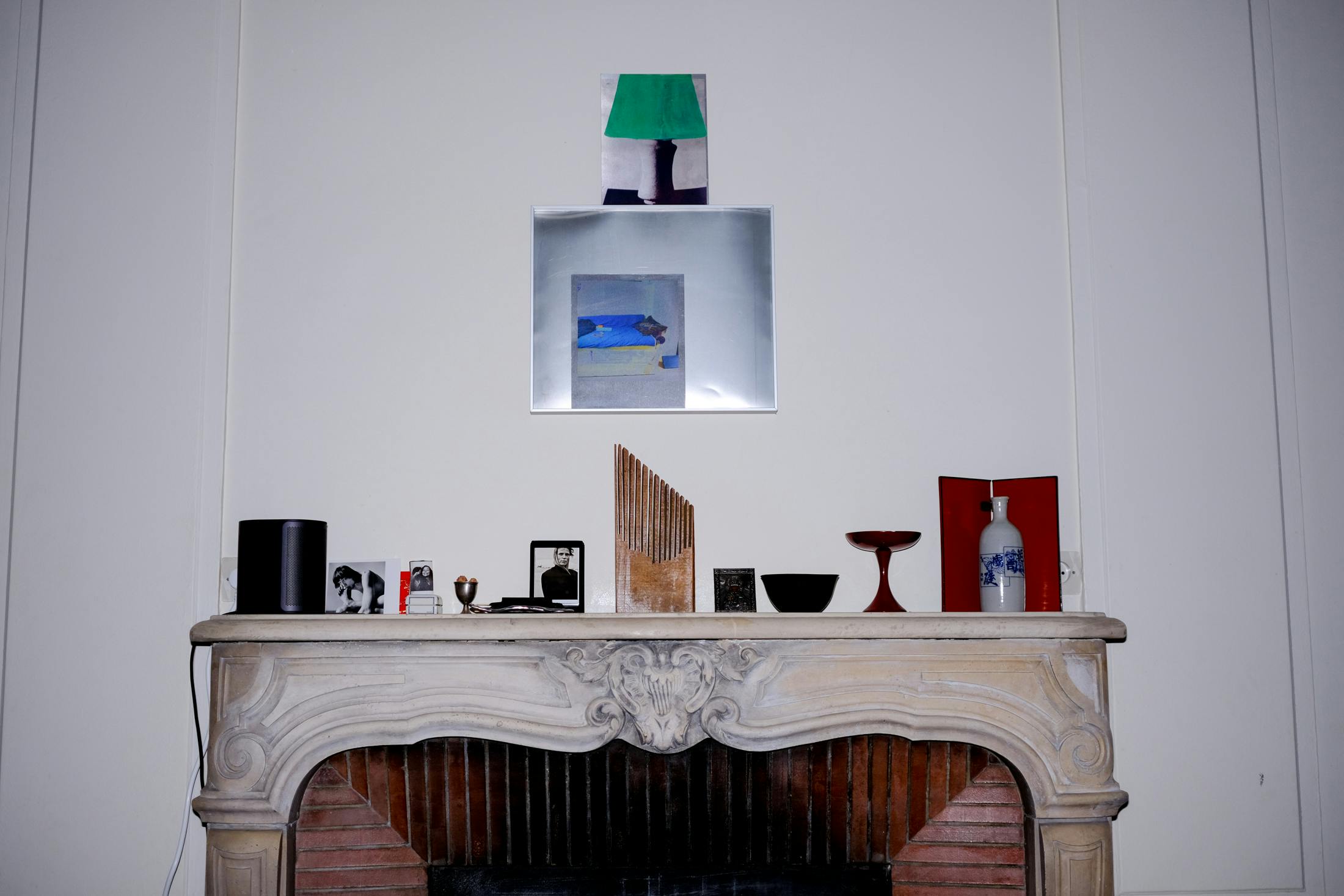

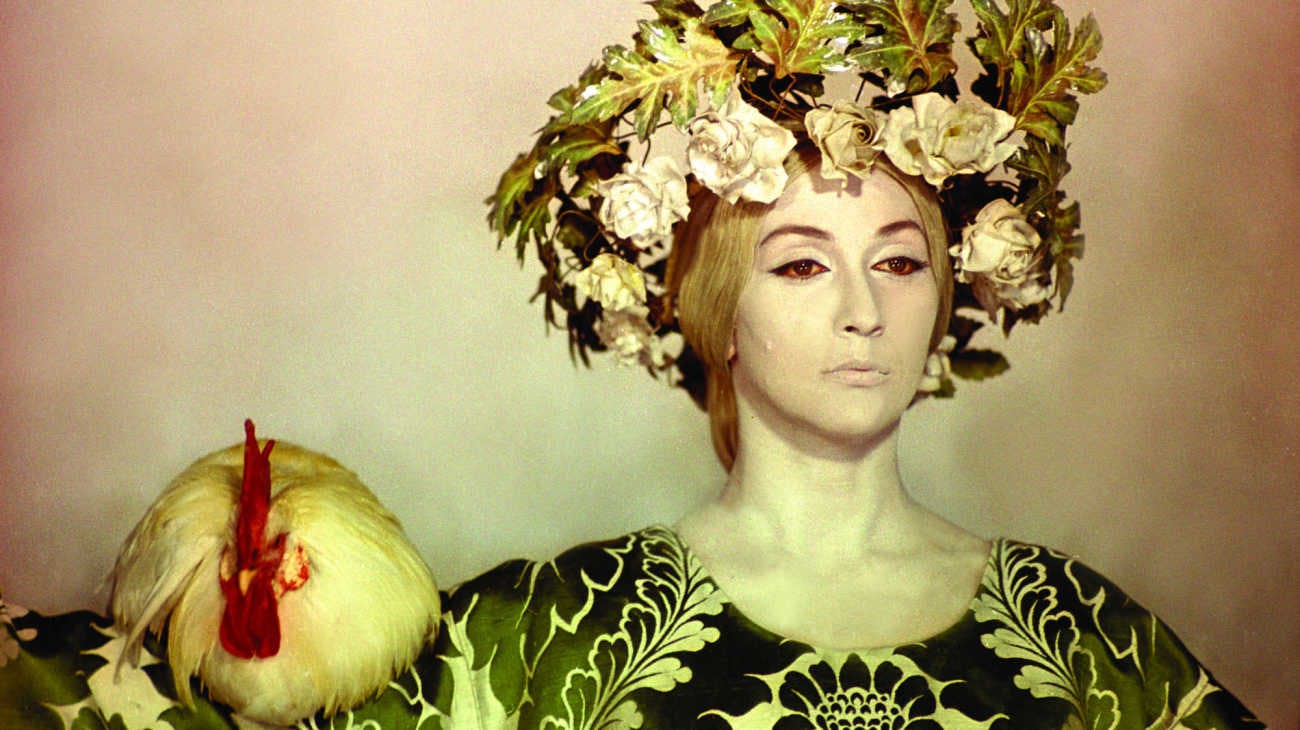
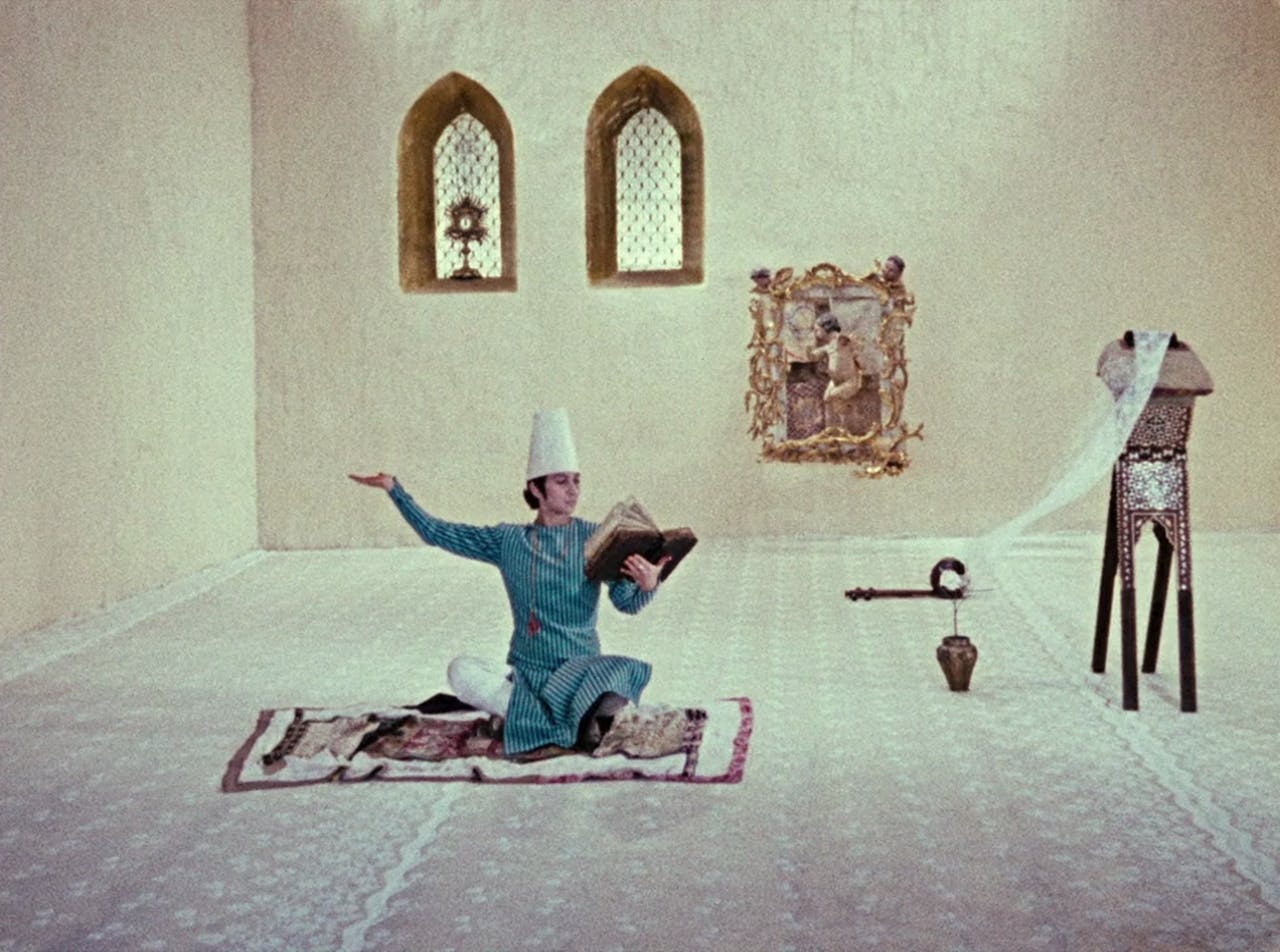
You [Keti] moved here [Paris] around four years ago, which is quite recent. But before that, did you ever think of starting your studio somewhere else?
აქ დაახლოებით ოთხი წლის წინ დაბრუნდით, არც ისე დიდ ხნის წინ. მაგრამ სანამ გახსნიდით სტუდიას, გიფიქრიათ ამის სხვაგან გაკეთებაზე?
K_ I never imagined that I would move somewhere; it just sort of happened. Even now, we produce everything in Georgia and try to involve local artisans in our art. Regarding opening a studio, yes, we were considering it, and now we have one in Paris. We have a space where you can see our objects, and we are also working on interior projects here.
ქეთი_არმეგონარომსადმეგადავიდოდი საცხოვრებლად. ესშემთხვევით მოხდა. ახლაცკი, ყველაფერსსაქართველოშივაწარმოებთდა გვინდა, ადგილობრი ხელოსნები ჩავრთოთჩვენსშემოქმედებაში. სტუდიის სხვაგან გახსნას რაც შეეხება, კი გვიფიქრია და ამ ეტაპზე პარიზში არის ჩვენი სივრცე სადაც ხალხს შეუძლია ჩვენი ნამუშევრების ნახვა სადაც ასევე ვმუშაობთ პროექტებზე.
And what are some of the traditional artisan crafts and techniques which you have discovered?
შეგიძლიათ მეტი გაგვიზიაროთ ტრადიციულ ხელობასა და ტექნიკაზე, რომელიც აითვისეთ?
N_ We work closely with other local artisans and it feels like we have grown up together. This is amazing.
We mostly work on wood. Also, working on metal, stone and textiles, is a big part of our historical craftsmanship.
ნატა_მჭიდრო კავშირი გვაქვს ადგილობრივ ხელოსნებთან, რომლებთან ერთად ფაქტობრიბად გავიზარდეთ. ეს შესანიშნავია.
ძირითადადხეზევმუშაობთ. ასევე, მეტალის, ქვის და ტექსტილის ხელობაც ისტორიულად ძალიან განვითარებულია.
I read a few reviews that this film, “The Color of Pomegranates,” was Armenian, but it is also a mix of Georgian and Armenian cultures.
რამდენიმე გამოხაურება წავიკითხე ფილმზე “ბროწეულის ფერი”, რომელიც სომხურია, მაგრამ წარმოადგენს ქართული და სომხური კულტურის შერწყმას.
N_ He (Sergei Parajanov) was born in Tbilisi and spent all his life here.
ნატა_კი, ის თბილისში დაიბადა და მთელი თავისი ცხოვრება აქ გაატარა.
I read this. I'm obsessed with that film, and as I've never been to Georgia before, I wondered if some of those visuals are representative of Georgia.
მეც იგივე წავიკითხე. შეყვარებული ვარ ამ ფილმზე, მაგრამ არასდროს არ ვყოფილვარ საქართველოში. მაინტერესებს, ფილმში მოცემული ვიზუალი რამდენად კარგად წარმოადგენს საქართველოს.
N_ Yes, it’s very Georgian, but it also has influences from other neighboring countries. One of our works is called the “Pomegranate Chair”, which for us is closely related to Parajanov and his film.
ნატა_ კი უმეტეს წილად ქართულია, მაგრამ სხვა ახლო მეზობელი ქვეყნების გავლენებიც აქვს. ჩვენს ერთ- ერთ ნამუშევარს, დავარქვით ‘Pomegranate Chair‘ რომელიც ჩვენთვის ასოცირდება ფანარჯანოვთან და მის ფილმთან.
You work locally but think globally with your practice. Can you expand on that?
თქვენ ადგილობრივი სტუდია ხართ, მაგრამ ფიქრობთ გლობალურად. შეგიძლიათ მეტი გვიამბოთ ამის შესახებ?
N_ What we call global thinking might partially be collective thinking. When you work, you consider how your work will be represented in a collective context. It's more than just geography.
შეიძლება, ის რასაც ჩვენ გლობალურს ვუწოდებთ არის გარკვეულწილად კოლექტიური აზროვნება. მუშაობ, მაგრამ იმაზე ფიქრობ, როგორ წარდგება შენი ნამუშევარი კოლექტიურ კონტექსტში. ეს მეტია, ვიდრე უბრალოდ გეოგრაფია.
Your work evokes these really strong elements and roots from home. You explored your heritage and culture, but it also feels like it could be anywhere, and that's what's so impressive about it.
ნამდვილად. თქვენს ნამუშევრებში იგრძნობა თქვენი ფესვების ელემენტები, მაგრამ ამავდროულად შეიძლებოდა ეს ნაშრომები ნებისმიერ ადგილას შექმნილიყო. ზუსტად ეს არის, რაც თქვენს ხელოვნებას ესოდენ საინტერესოს ხდის. აქ გაკვეულ წილად ხდება “შინაგანი მე-ს” და იმის განხილვა, თუ რა არის იყო ადამიანი.
N_ I agree. When you work on something, it always comes from your inner world.
ნატა_გეთნახმები. როდესაც რაღაცაზე მუშაობას, ის ყოველთვის შენი შინაგანი სამყაროს რეფლექსიაა.
K_ What matters is your emotional state when you work on the pieces.
ქეთი_მნიშვნელოვანი შენი ემოციური მდგომარეობა ნამუშევრის შექმნისას.

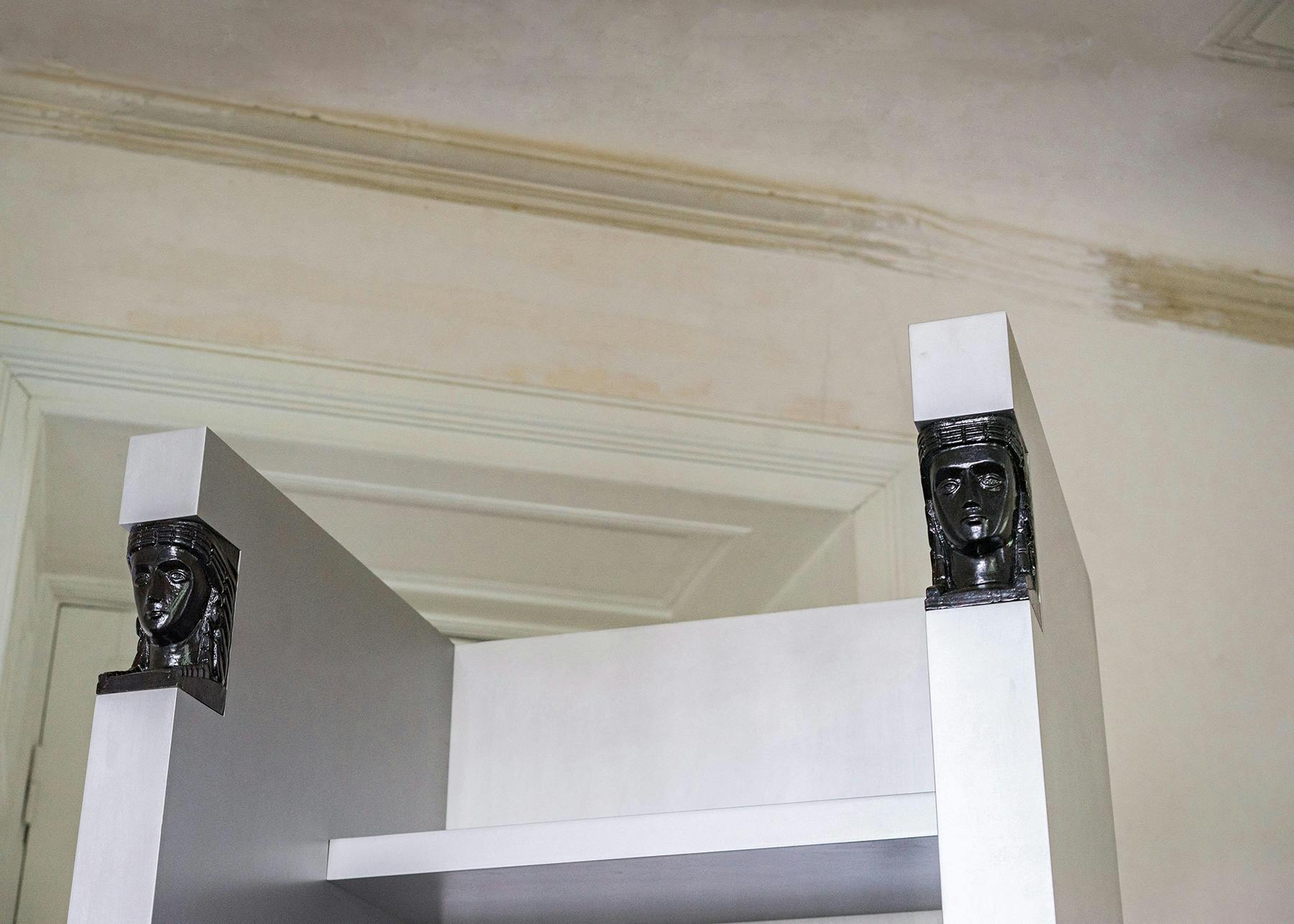
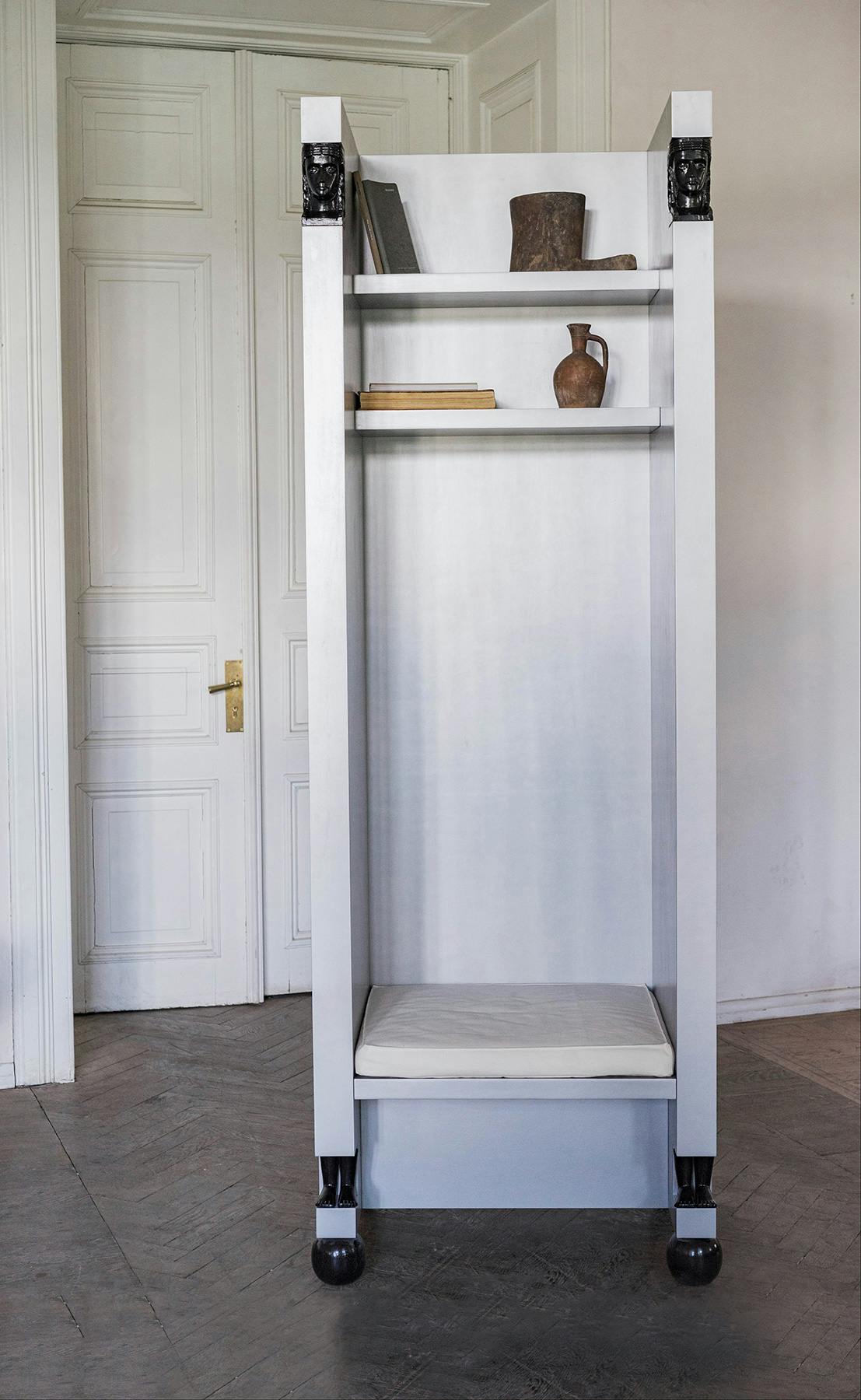
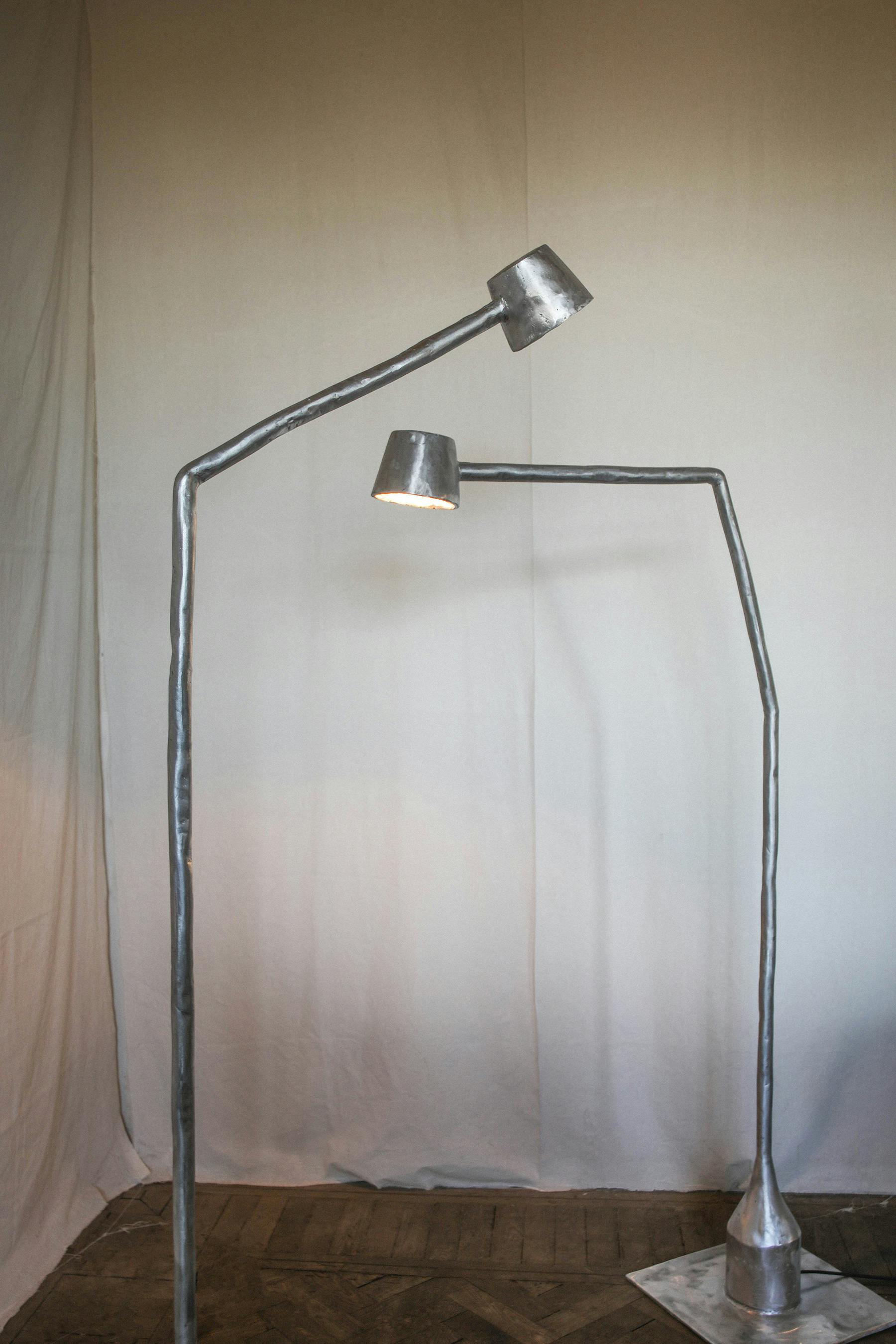
How have you been inspired by the many layers of Georgia’s aesthetic history? From folk art to Soviet brutalism, vernacular street design. How has this shown up in your creative process or work?
შეგიძლიათ გვიამბოთ, თუ როგორ მოახდინა თქვენზე ზეგავლება ქართული ერთეტიკის მრავალშრიანმა ისტორიამ? ფოლკლორიდან საბჭოურ ბრუტალიზმამდე. როგორ იჩენს თავს ყოველივე ეს თქვენს შემოქმედებით პროცესში და ნაშრომებში?
K_ It's very important not to get stuck in one genre.
ქეთი_ძალიან მნიშვნელოვანია არ გაიჭედო ერთ ჟანრში.
And how did you kind of combine all of these or how did these different influences how did these different elements inspire you?
როგორ გადაწყვიტეთ ყოველივე ამის გაერთიანება, ან როგორ შთაგაგონათ სხვადასხვა ელემენტებმა?
N_ I think you can see all that in our use of the symbols, materials, and crafting tecniques used in ethnic furniture, but in my opinion, what is most important is the feeling you put into it.
All of this is our visual memory, closely tied to our childhood and embedded in our DNA. It’s instilled in us, so expressing this in our work comes naturally.
ნატა_ეს ალბათ, ფორმების, სიმბოლოების და მასალის და ასევე ეთნოგრაფიული ავეჯის დამუშავების მეთოდის გამოყენებაში სჩანს. მაგრამ ჩემი აზრით, ყველაზე მეტად ეს შეგრძნების დონეზე გამოიხატება ჩვენს ნამუშევრებში.
ესყოველივეჩვენივიზუალურიმეხსიერებაარომელიც დაკვაშირებულიაჩვენსბავშვობასთანდაჩაბეჭდილიაჩვენსდეენემში, გამჯდარიაჩვენში, რისიგამოხატვაც ძალიანბუნებრივადხდება.
I read that you like to honour the vernacular architecture and local details while adding your own interpretation. How do you honour a building or city’s history while maintaining your studio’s visual language?
ვკითხულობდი, რომ თქვენ პატივს სცემთ შენობის ესთეტიკაში ადგილობრივ დეტალებს, თუმცაღა ამატებთ საკუთარ ინტერპრეტაციას. როგორ ახერხებთ პატივი სცეთ ქალაქის ან შენობის ისტორიას საკუთარი ვიზულური ენის შენარჩუნებით?
N_ I think it depends on the project and the context. Often, the character of the space or building dictates what needs to be done in order for the interior not to feel fake and out of context. We think a lot about the kind of feelings we want the space to evoke in people. Emotions are so important. We consider the impressions created by the colors, forms, and the space itself. We talk endlessly about this between the two of us, exchanging ideas and closely observing what connects us to the space and what we want to express.
Because our visual language reflects our historical identity, including the history of the city and its architecture, it is directly linked and harmoniously interconnected with all of this. You are entering into a dialogue with all of it.
ალბათ გააჩნია პროექტს და კონტექსტს. ხშირ შემთხვევაში თვითონ სივრცე ან შენობის ხასიათი გვკარნახობს რა უნდა გააკეთოთ, რომ ინტერიერი არ გამოვიდეს მოგონილი და რეალობას აცდენილი. ბევრს ვფიქრობთ როგორი შეგრძნება გვინდა რომ სივრცეს ქონდეს. ემოცია ძალიან მნიშვნელოვანია, თუ როგორ შეგრძნებას გიტოვებს ფერი, ფორმა, სივრცე. ამაზე ძალიან ბევრს ვლაპარაკობთ ერთმანეთში, ვცვლით აზრებს, ვაკვირდებით რა გვაკავშირებს ამ სივრცესთან და რისი გამოხატვა გვინდა ამ პროექტით.
რადგანაცჩვენივიზუალურიენა, საუბრობსჩვენსისტორიულიდენტობაზერომელიცმოიცავსქალაქისარქიტექტურასდა ისტორიასაც, ის პირდაპირურთიერთკავშირშიაამყველაფერთან დაჰარმონიაშიმოდისმასთან. დიალოგშიშედიხარამყველაფერთან.

What was your first moment of entering another design scene abroad, and how did it work?
როდის მოგეცათ საშუალება პირველად მოხვედრილიყავით საერთაშორისო დიზაინის სცენაზე, და როგორ მოხდა ეს?
N_ Sometimes, I think we are very lucky, but on the other hand, we have worked very hard. The first exhibition was ICFF in New York. At the time we were not able to obtain American visas and we had to actually send the furniture and ask our friends to stand at our booth at the exhibition.
ნატა_ხანდახანვფიქრობ, რომძალიანგაგვიმართლა, მაგრამსინამდვილეშიძალიანბევრივიმუშავეთ. პირველიგამოფენაიყო “ICFF” ნიუ-იორკში. ჩვენამდროისთვისვერმივიღეთამერიკისვიზები, ამიტომმოგვიწიაჩვენიავეჯისგაგზავნადამეგობრებსვთხოვეთგამოფენაზეჩვენსნამუშევრებთანდამდგარიყვნენ.
Is the connection to nature important for you? How is that in Tbilisi?
რამდენად მნიშვნელოვანია თქვენთვის ბუნებასთან კავშირი? როგორი სიტუაციაა ამ კუთხით თბილისში?
N_ From this point of view, Tbilisi is amazing because in half an hour you can go to the mountains. Within a week you can see the whole country. We have everything: the sea, the mountains. Georgia is exceptionally beautiful.
ნატა_ამმხრივთბილისიარაჩვეულებრივია, რადგანნახევარსაათშიშეგიზლიამთებთანაღმოჩნდე. ერთივკვირისგანმავლობაშირომიმოგზაურო, შეგიძლიამთელიქვეყანადაათვალიერო. ჩვენყველაფერიგვაქვს - ზღვა, მთები… საქართველოსასწაულადლამაზია.
I'm also asking because I see so much connection to nature with your work you work with a lot of natural materials, and I can feel that you know one is yearning for, living in the city.
თქვენს ნამუშევრებში დიდ კავშირს ვხედავ ბუნებასთან. თქვენ იყენებთ ძალიან ბევრ ნატურალურ ელემენტს და თითქოს გესმით, თუ რა აკლია ქალაქში მცხოვრებ ადამიანს.
Our work is based mostly on the use of natural materials and might carry the ‘spirit of nature’, which is also deeply felt in our architectural heritage, such as monasteries and churches.It’s spirituality is naturally embedded into our identity and collective memory.
ჩვენს ნამუშევრებში უმეტეს წილად გამოყენებულია ბუნებრივი მასალები და შესაძლებელია რომ გადმოსცემდეს ‘ბუნების სულს’ რაც ასევე იგრძნობა ქართული არქიტექტურული მემკვიდრეობის ნაგებობებში - მონასტრებსა და ეკლესიებში. ესალბათჩვენიიდენტობისდაკოლექტიურიმეხსიერებისნაწილია.
